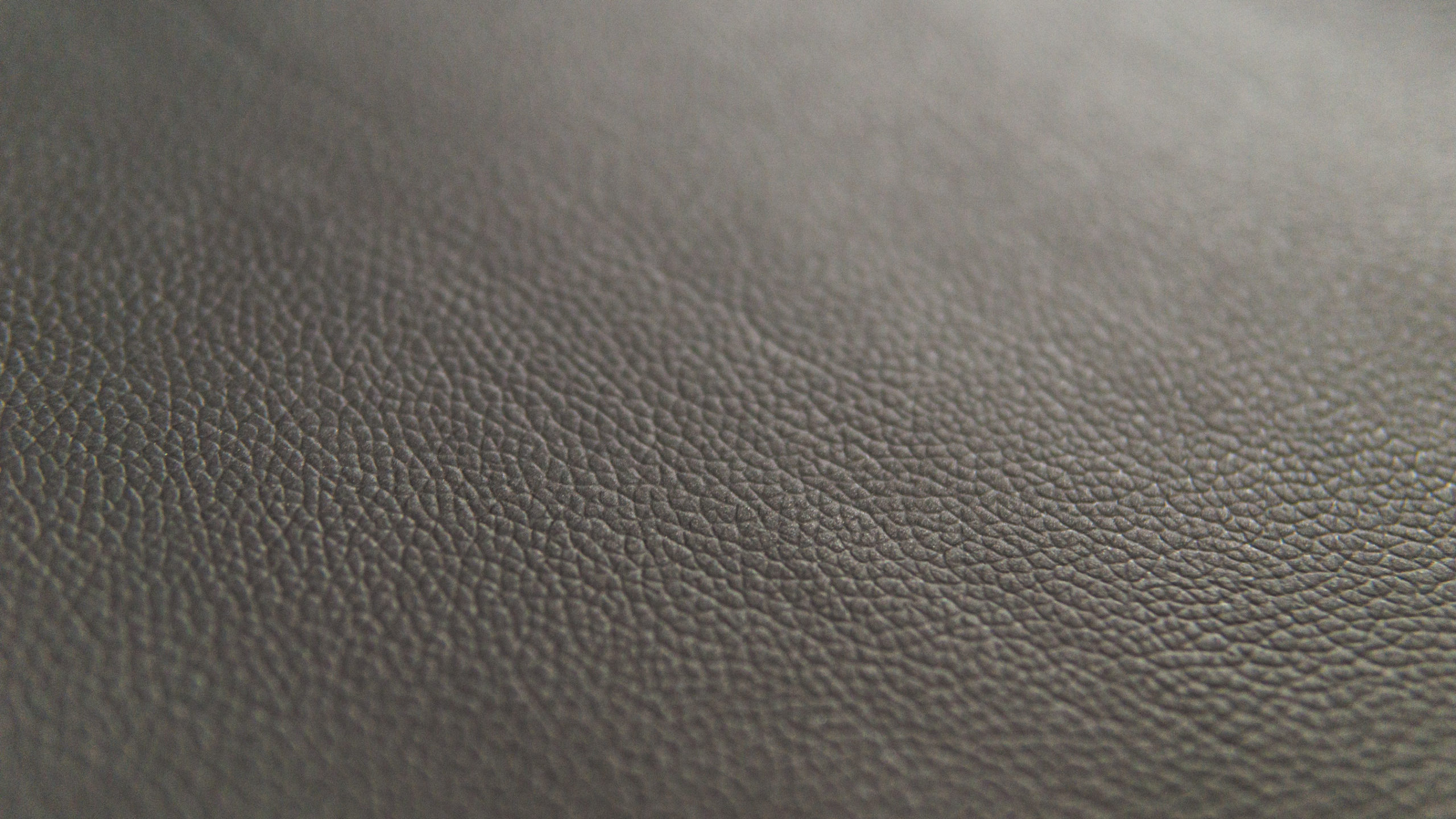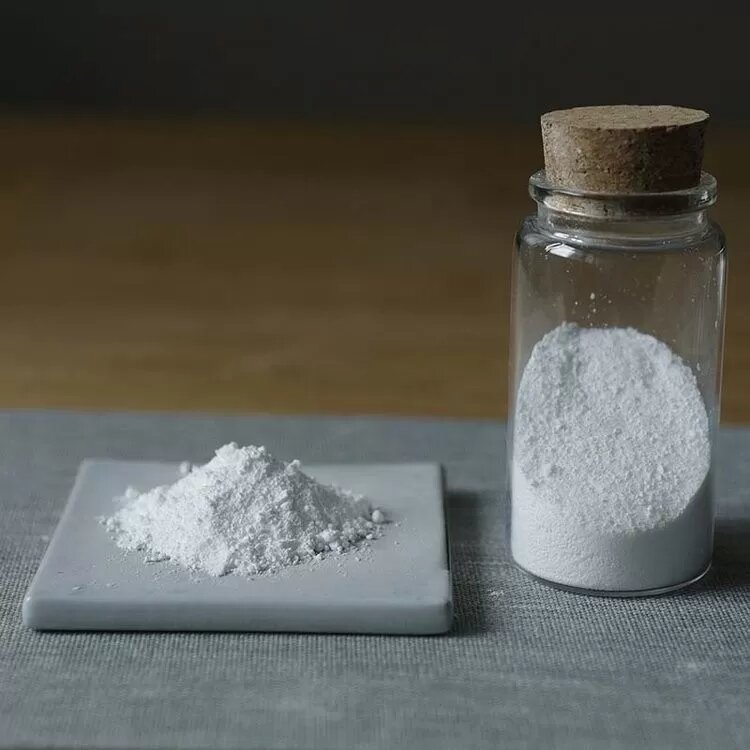Polyurethane (PU) leather is a type of synthetic leather that is made from polyurethane, a polymer material that is commonly used in a variety of applications, such as coatings, adhesives, and foams. PU is a versatile and flexible material that is easy to shape and mold into a variety of forms, including sheets, films, or foams.
To make PU leather, the process begins by mixing PU with other materials, such as pigments, resins, and fillers, to form a liquid or paste-like mixture. This mixture is then poured or spread onto a surface, such as a sheet of plastic or metal, and allowed to cure or harden. The resulting material is a flexible, durable, and waterproof sheet that resembles natural leather in appearance and texture.
PU leather is a popular and versatile material that is used in a wide range of applications, including clothing, footwear, and accessories. It is also commonly used in the production of furniture, automotive parts, and medical equipment. Some of the advantages of PU leather include its durability, flexibility, and resistance to water and stains. However, it is not as breathable or environmentally friendly as natural leather, and does not have the same natural texture or appearance.
As with any material or product, there are both advantages and disadvantages to using PU leather. Some of the pros of PU leather include:
- It is durable and long-lasting. PU leather is resistant to water, stains, and wear and tear, which makes it a good choice for applications that require a material that can withstand a lot of use or abuse. It is also easy to clean and maintain, which can extend its lifespan and reduce the need for replacements or repairs.
- It is flexible and adaptable. PU leather is a flexible and malleable material that can be easily cut, sewn, or molded into a variety of shapes and sizes. This makes it a good choice for applications that require a material that can be easily customized or adapted to different purposes, such as in the production of clothing or furniture.
- It is versatile and can be used in a wide range of applications. PU leather can be produced in a variety of colors, textures, and thicknesses, which makes it a good choice for applications that require a material that can be customized to meet specific requirements or needs. It is also resistant to heat, UV light, and chemicals, which makes it a good choice for applications that require a material that can withstand exposure to harsh environments or conditions.
Some of the cons of PU leather include:
- It is not as breathable as natural leather. PU leather does not allow air or moisture to pass through it, which can make it uncomfortable to wear or use in hot or humid conditions. This can be a problem in applications where the material needs to be worn or used for long periods of time, such as clothing or shoes.
- It is not as environmentally friendly as natural leather. The production of PU leather involves the use of chemicals and energy, which can generate waste and pollution. Natural leather, on the other hand, is a renewable and biodegradable material that is made from animal hides, which are a byproduct of the meat industry.
- It does not have the same natural appearance and texture as natural leather. PU leather does not have the same natural grain, color, or texture as natural leather, which can make it less attractive or desirable to some consumers. This can be a problem in applications where the material is used for aesthetic or decorative purposes, such as furniture or fashion accessories.
Overall, the pros and cons of PU leather depend on the specific application and the desired properties of the material. While it has some unique advantages, such as durability and flexibility, it also has some limitations, such as a lack of breathability and environmental friendliness. As with any material, it is important to carefully consider the pros and cons of PU leather before using it in a specific application.



Leave a Reply